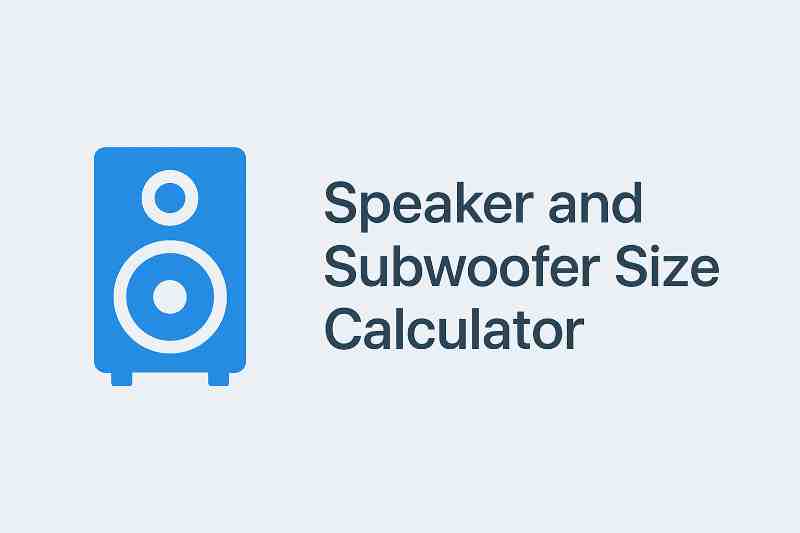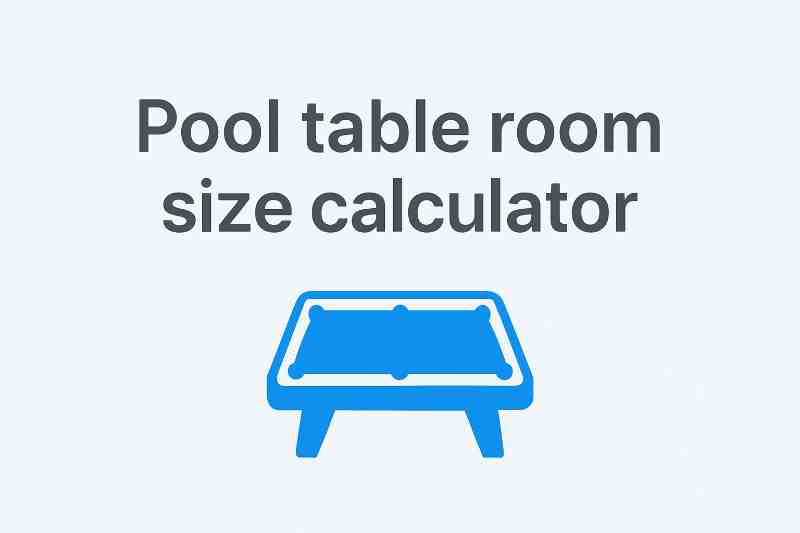Lumens Calculator
Results
Total Lumens Required: —
Based on room size and purpose.Recommendations: —
For optimal brightness and comfort.Lighting plays a huge role in how a room looks and feels. Whether you’re setting up your living room, designing a home office, or renovating your kitchen, getting the lighting right means understanding lumens—not watts. That’s where a lumens calculator comes in handy.
This guide will walk you through everything you need to know about lumens, how to calculate them, and how to use our Lumens Calculator (Room Size) to find out exactly how bright your space should be.
What Are Lumens?
Lumens measure the total amount of visible light emitted by a light source. The higher the lumens, the brighter the light. Unlike watts, which measure energy use, lumens tell you how much light you’re actually getting. This makes lumens the best way to compare light output across different types of bulbs—LEDs, fluorescents, or halogens.
A 100-watt incandescent bulb gives about 1600 lumens.
A 10-watt LED bulb can produce the same 1600 lumens with far less energy.
If you want to light a room properly, you need to focus on lumens, not watts.
How the Lumens Calculator Works
Using our tool is simple:
Enter the room size – either in square feet or square meters.
Choose the room type – options like living room, kitchen, office, or hallway.
The calculator then gives you the recommended lumens based on standard lighting requirements for that space.
You can use this result to plan your lighting layout, whether you’re using ceiling lights, table lamps, wall sconces, or LED panels.
Lumen Calculation Formula
If you want to understand the math behind the tool, here’s the lumen calculation formula:
Lumens = Area × Lux Level
Where:
Area = Room size in square feet or square meters
Lux Level = Standard brightness level required for that type of room (measured in lux)
Common Lux Level Recommendations:
| Room Type | Recommended Lux |
|---|---|
| Living Room | 100–300 |
| Bedroom | 100–150 |
| Kitchen | 300–500 |
| Bathroom | 400 |
| Office/Study | 300–500 |
| Hallway/Stairs | 100–150 |
So for a 10 sqm kitchen:
Lumens = 10 × 400 = 4,000 lumens
If your room is in square feet, convert first:
1 square meter = 10.76 square feet
So 100 sqft = 9.29 sqm
Then multiply by lux level.Lumen Chart by Room Size and Function
Here’s a handy lumen chart that shows rough lumen targets based on room type and size:
Room Type Size (sqft) Recommended Lux Total Lumens Needed Bedroom 100 150 1,400 Kitchen 120 400 4,400 Bathroom 80 400 3,000–3,500 Living Room 200 150 2,800–3,500 Office 150 500 7,000–8,000 Hallway 60 100 600 Note: These values refer to total room brightness, not individual bulbs. Multiple light fixtures may be needed.
How Many Lumens Per Light Bulb?
Here’s a quick guide to typical lumens per bulb:
| Light Type | Wattage Equivalent | Lumens |
|---|---|---|
| LED | 6–9W | 400–800 |
| LED | 10–12W | 800–1100 |
| LED | 13–15W | 1100–1600 |
| CFL | 15W | ~800 |
| Incandescent | 60W | ~800 |
| Incandescent | 100W | ~1600 |
So if your room needs 4,000 lumens, you could use:
Five 800-lumen LED bulbs, or
Four 1,000-lumen LED downlights, etc.
How many lumens for 20 square meters?
It depends on the room type. For example:
Living room (150 lux): 20 × 150 = 3,000 lumens
Kitchen (400 lux): 20 × 400 = 8,000 lumens
Office (500 lux): 20 × 500 = 10,000 lumens
So the number varies with the task.
How many lumens for a 100 sqft room?
Convert 100 square feet to square meters:
100 ÷ 10.76 = ~9.3 sqm
Now multiply by the lux level:
Bedroom: 9.3 × 150 = ~1,400 lumens
Bathroom: 9.3 × 400 = ~3,700 lumens
Study/Office: 9.3 × 500 = ~4,650 lumens
How bright is 1000 lumens in a room?
1000 lumens is roughly:
One 75W incandescent bulb or
A strong LED bulb
It’s enough for task lighting (like a reading lamp) or for very small spaces like a hallway or closet. But for a full room—especially a kitchen or office—it’s not enough by itself



